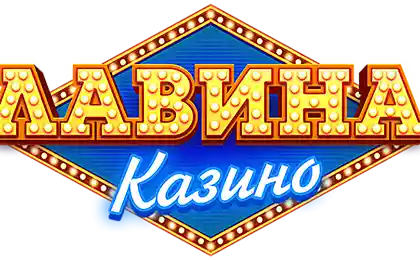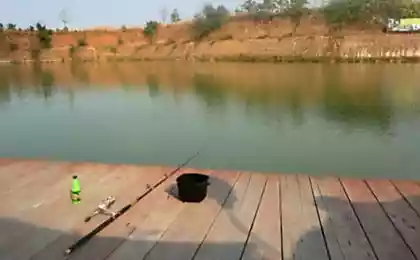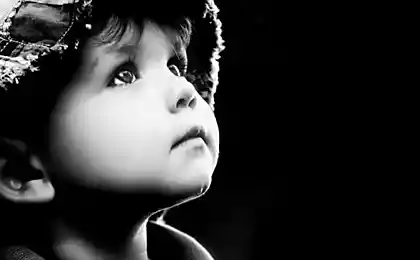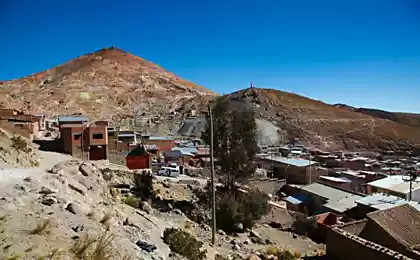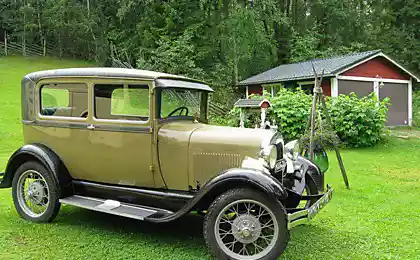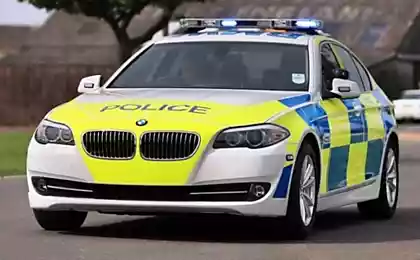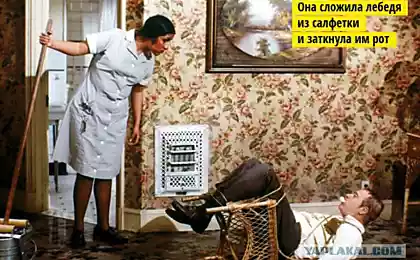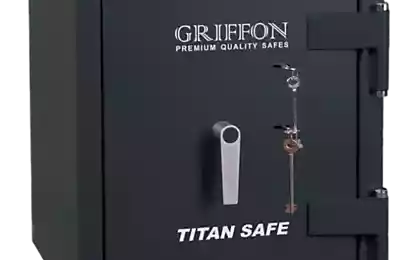591
Guide to avalanches: 15 rules that will help you stay safe
Feel safe being in the snowy mountains, respecting two basic principles: knowledge and understanding of how different factors — sun, wind, and temperature affect the snow cover.
It is not necessary to go riding in the mountains, if you don't know what to do, when you are rushing a huge wave of rocks and snow. Every mountain is a combination of certain characteristics and conditions. Before you 15 of the rules, which is to know if you care about your own safety in the mountains. Each of the rules tied to a particular mountain area, and they all gathered in the first picture.
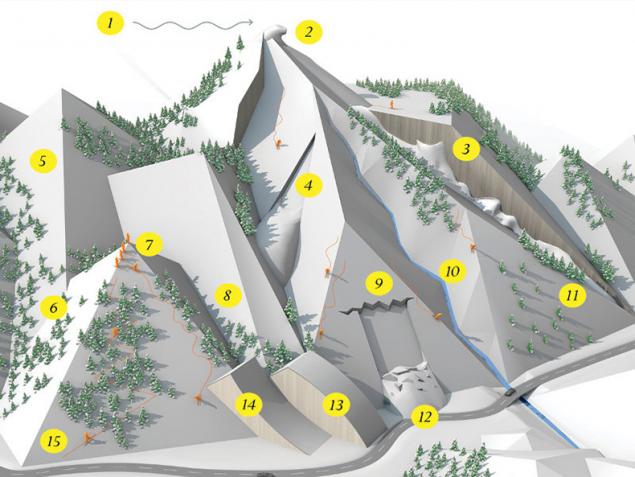
Rule # 1
The wind can move huge masses of snow, and in some cases to be the threat than a snow storm. Therefore, if the slope of the mountain looks windward, it can be very dangerous, while the eroded slopes are quite safe.
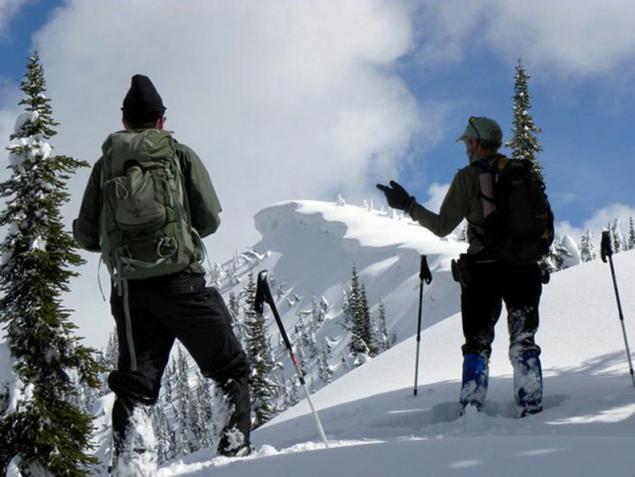
Rule # 2
The overhanging blocks of snow — the most obvious indication of in which direction the wind blows. The strong wind only adding to them of snow, along with the already huge mass of snow and sudden warming can cause the blocks to fall and cause thus an avalanche.
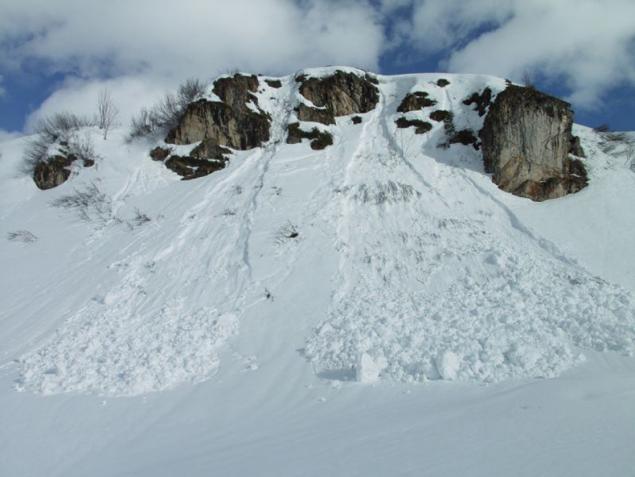
Rule # 3 Large snow-covered rocks, cliffs and cliff tend to be the most thin areas of snow cover in the mountains. To ride on the edge of a cliff is never a good idea, especially if the slope is prone to avalanches.
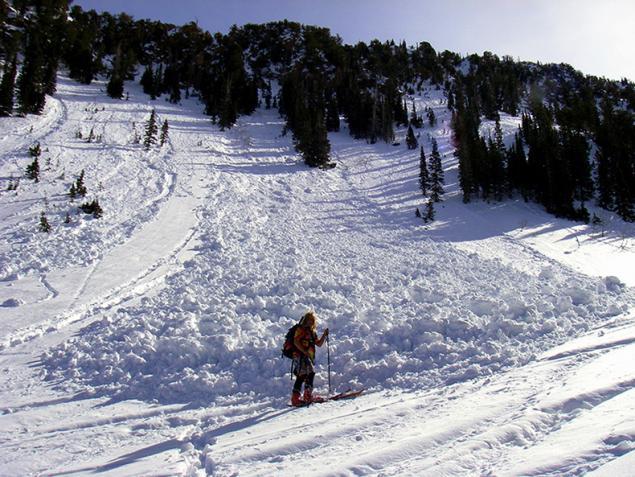
Rule # 4 the So-called "avalanche point" — one of the types of avalanches, the beginning of the movement which, as a rule, put one particular source — for example, your skis across a particular area — and then the avalanche began to gain momentum in a snowball effect.

Rule # 5 the Sun usually helps to bind the layers inside the snow cover, making it more stable, but also can create such hazards as snow boards when the surface snow mass is growing ice crust. Carefully follow the slope of the mountain — the snow cover might have a completely different structure, depending on how much sun it gets.

Rule # 6 Frost on the snow surface consists of thin crystals that appear from the top layer of snow and cold nights. Despite its beauty, this phenomenon can significantly weaken the snow layers, causing them to move.
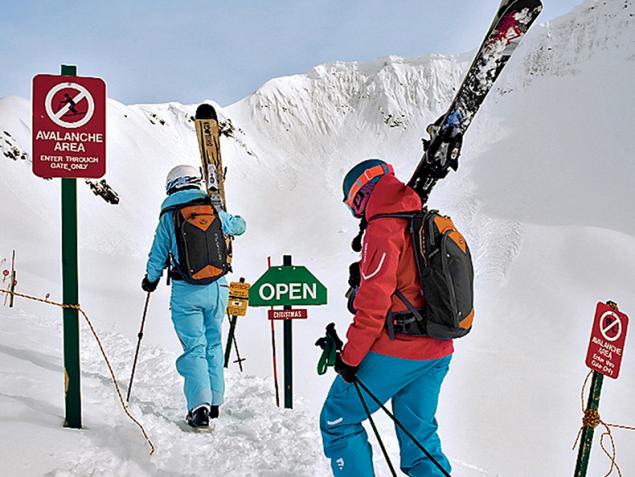
Rule # 7 In case of an avalanche, find safe zones where your team members can easily see each other like mountain tops or areas with dense vegetation on the slope with a slight angle. It is, first and foremost, protect the group, and secondly, if avalanche still down, increase the search efficiency is affected.
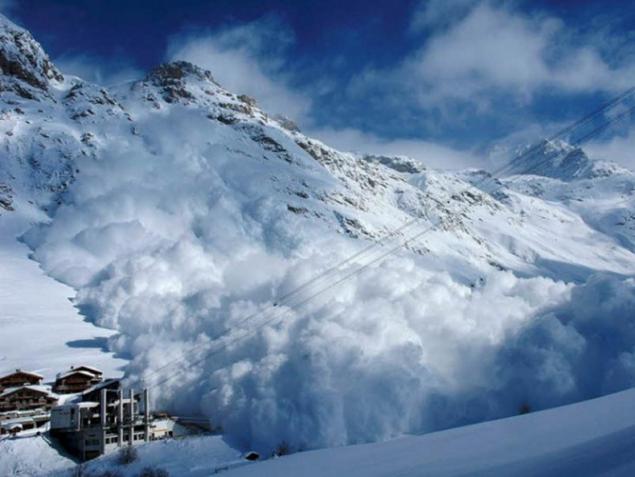
Rule # 8 Most avalanches occur on slopes with a slope angle between 35 and 45 degrees. Where the slope less than 30 degrees, this almost never happens.

Rule # 9 "Snow boards" formed when the result of the action of sun, wind on the surface of the snowpack increases the ice crust. Under the cortex is the modification of the snowpack, turning into croup, in which the more massive the top layer to start sliding. To initiate movement of such avalanches requires often the minimal impact.

Rule # 10
In the highlands there may be a number of pitfalls that can greatly increase the consequences of falling in an avalanche. For example, in the recesses of the type riverbeds or ravines settle various shards of ice and rocks that can bury you much deeper. And mountain sources can significantly lower the temperature.

Rule # 11
Young low scattered trees with branches growing only in the direction of the slope — the most obvious sign avalanche area.
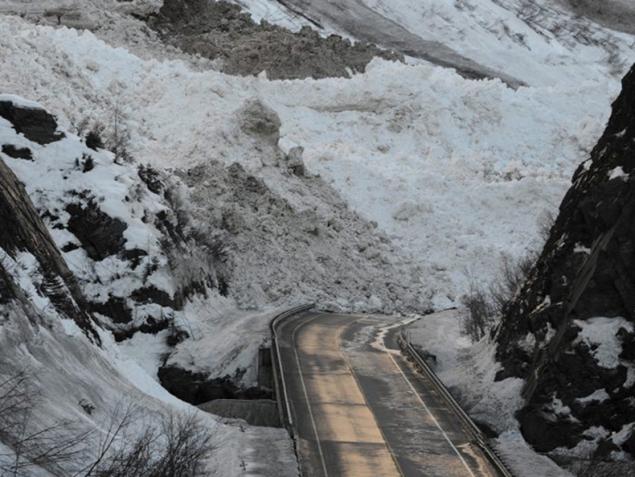
Rule # 12 Descended avalanches can block roads, thus creating the "crisis areas", which complicate rescue efforts.
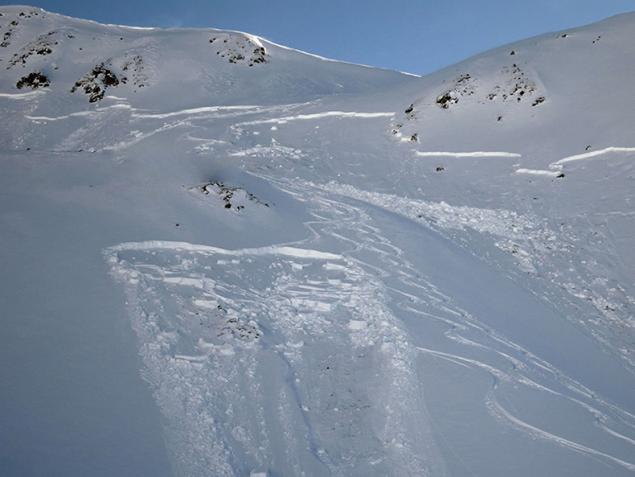
Rule No. 13 On the convex slope of the layers inside the snow cover, as a rule, not so highly cohesive. Gravity pulls the snow down, and the bevel shape simplifies this task, making the area more avalanche-prone.
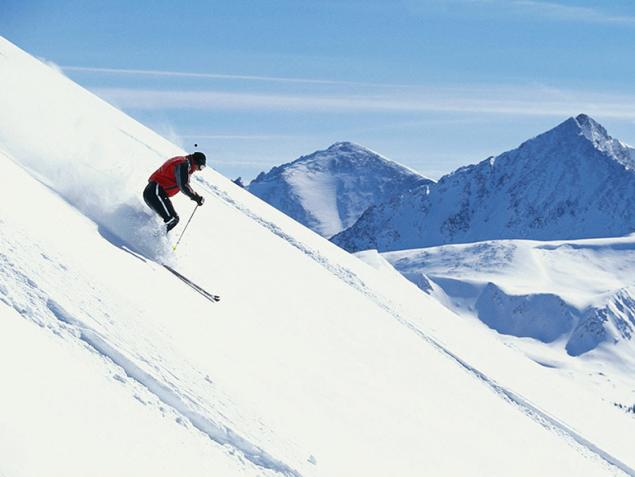
Rule # 14 On the concave slope, on the contrary, this form of tilt makes the snowpack more stable.

Rule # 15 Leaving the area, use the already established routes, preferably those that pass through the trees. This will protect you from possible avalanches, and will not allow you to serve as a trigger to one of them. published
P. S. And remember, only by changing their consumption — together we change the world! ©
Join us in Facebook , Vkontakte, Odnoklassniki
Source: dnpmag.com/2015/12/30/gid-po-lavinam/
It is not necessary to go riding in the mountains, if you don't know what to do, when you are rushing a huge wave of rocks and snow. Every mountain is a combination of certain characteristics and conditions. Before you 15 of the rules, which is to know if you care about your own safety in the mountains. Each of the rules tied to a particular mountain area, and they all gathered in the first picture.

Rule # 1
The wind can move huge masses of snow, and in some cases to be the threat than a snow storm. Therefore, if the slope of the mountain looks windward, it can be very dangerous, while the eroded slopes are quite safe.

Rule # 2
The overhanging blocks of snow — the most obvious indication of in which direction the wind blows. The strong wind only adding to them of snow, along with the already huge mass of snow and sudden warming can cause the blocks to fall and cause thus an avalanche.

Rule # 3 Large snow-covered rocks, cliffs and cliff tend to be the most thin areas of snow cover in the mountains. To ride on the edge of a cliff is never a good idea, especially if the slope is prone to avalanches.

Rule # 4 the So-called "avalanche point" — one of the types of avalanches, the beginning of the movement which, as a rule, put one particular source — for example, your skis across a particular area — and then the avalanche began to gain momentum in a snowball effect.

Rule # 5 the Sun usually helps to bind the layers inside the snow cover, making it more stable, but also can create such hazards as snow boards when the surface snow mass is growing ice crust. Carefully follow the slope of the mountain — the snow cover might have a completely different structure, depending on how much sun it gets.

Rule # 6 Frost on the snow surface consists of thin crystals that appear from the top layer of snow and cold nights. Despite its beauty, this phenomenon can significantly weaken the snow layers, causing them to move.

Rule # 7 In case of an avalanche, find safe zones where your team members can easily see each other like mountain tops or areas with dense vegetation on the slope with a slight angle. It is, first and foremost, protect the group, and secondly, if avalanche still down, increase the search efficiency is affected.

Rule # 8 Most avalanches occur on slopes with a slope angle between 35 and 45 degrees. Where the slope less than 30 degrees, this almost never happens.

Rule # 9 "Snow boards" formed when the result of the action of sun, wind on the surface of the snowpack increases the ice crust. Under the cortex is the modification of the snowpack, turning into croup, in which the more massive the top layer to start sliding. To initiate movement of such avalanches requires often the minimal impact.

Rule # 10
In the highlands there may be a number of pitfalls that can greatly increase the consequences of falling in an avalanche. For example, in the recesses of the type riverbeds or ravines settle various shards of ice and rocks that can bury you much deeper. And mountain sources can significantly lower the temperature.

Rule # 11
Young low scattered trees with branches growing only in the direction of the slope — the most obvious sign avalanche area.

Rule # 12 Descended avalanches can block roads, thus creating the "crisis areas", which complicate rescue efforts.

Rule No. 13 On the convex slope of the layers inside the snow cover, as a rule, not so highly cohesive. Gravity pulls the snow down, and the bevel shape simplifies this task, making the area more avalanche-prone.

Rule # 14 On the concave slope, on the contrary, this form of tilt makes the snowpack more stable.

Rule # 15 Leaving the area, use the already established routes, preferably those that pass through the trees. This will protect you from possible avalanches, and will not allow you to serve as a trigger to one of them. published
P. S. And remember, only by changing their consumption — together we change the world! ©
Join us in Facebook , Vkontakte, Odnoklassniki
Source: dnpmag.com/2015/12/30/gid-po-lavinam/

